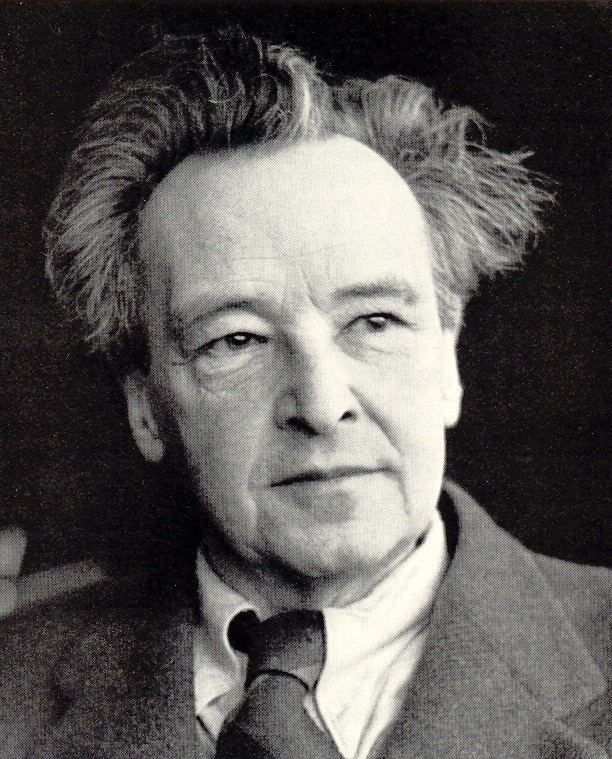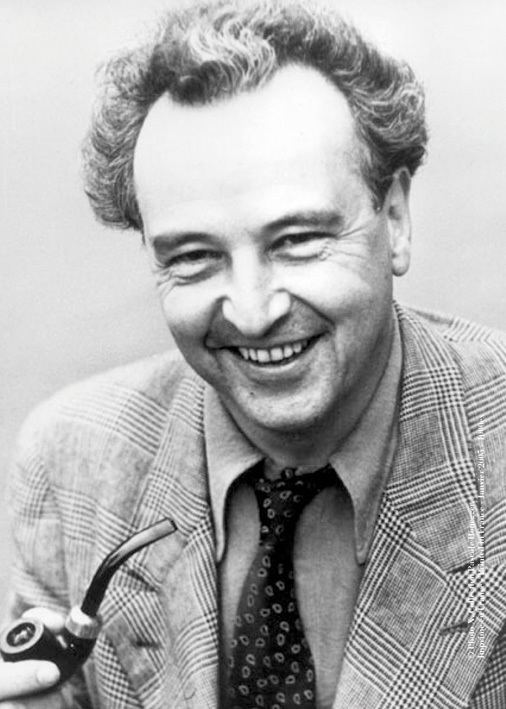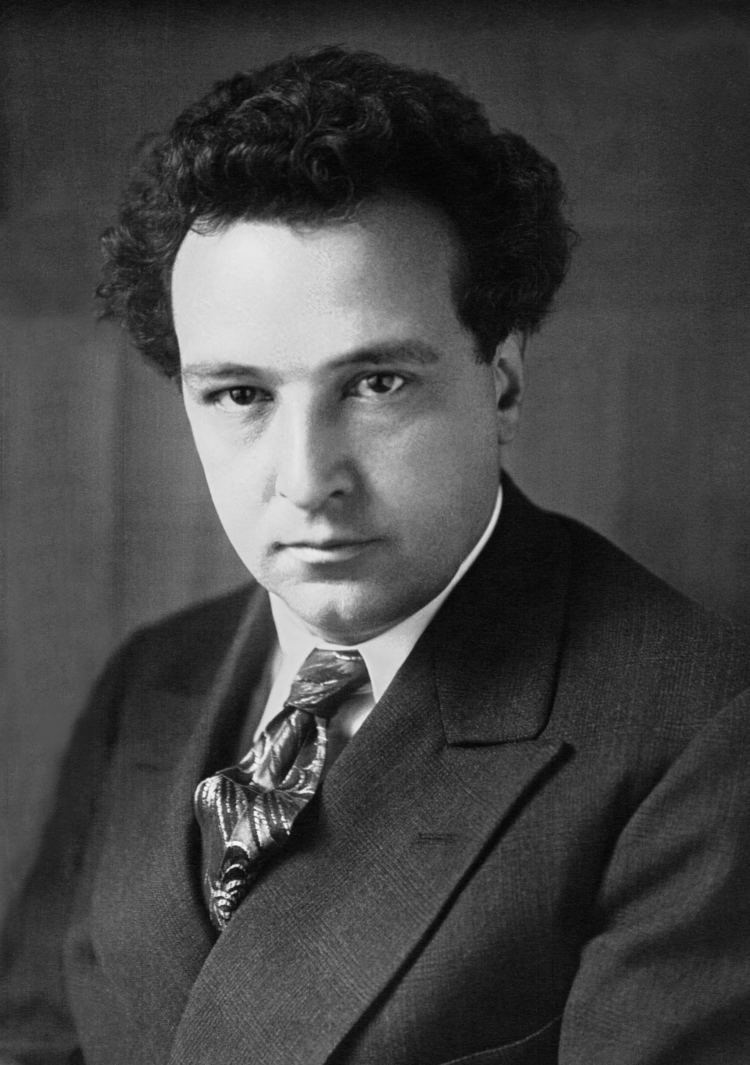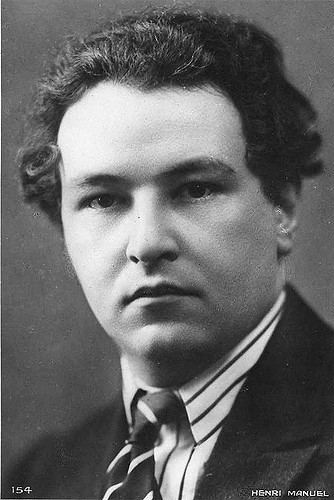Name Arthur Honegger Role Composer | Education Conservatoire de Paris | |
 | ||
Died November 27, 1955, Paris, France Spouse Andree Vaurabourg (m. 1926–1955) Children Pascale Honegger, Marc Honegger Compositions Jeanne d'Arc au bucher, Jeanne d'Arc au bucher, Pacific 231, Pacific 231, Le roi David, Le roi David, A Christmas Cantata, A Christmas Cantata, Les aventures du roi Pausole, Les aventures du roi Pausole, Danse de la chevre, Danse de la chevre, Pastorale d'ete, Pastorale d'ete, L'Aiglon, L'Aiglon, Les maries de la tour Eiffel, Les maries de la tour Eiffel, Symphony No 5, Symphony No 5, Intrada, Intrada, Antigone, Antigone, Six poemes, Six poemes, Seven short pieces, Seven short pieces, Trois pieces, Trois pieces, Toccata and Variations - H 8, Toccata and Variations - H 8, Laudate Dominum (Une Cantate de Noel), Laudate Dominum (Une Cantate de Noel), Le Chant de Nigamon, Le Chant de Nigamon, Skating Rink, Skating Rink, Prelude pour Aglavaine et Selysette, Prelude pour Aglavaine et Selysette, Symphony no 5 "Di tre re": I Grave, Symphony no 5 "Di tre re": I Grave, Le Cahier romand, Le Cahier romand, Mouvement Symphonique no 3, Mouvement Symphonique no 3, Symphonic Movement No 3, Symphonic Movement No 3, Paduana, Paduana, Viola Sonata, Viola Sonata, Quatuor a cordes n° 1, Quatuor a cordes n° 1, Nature morte, Nature morte, La Mort de Sainte Almeenne, La Mort de Sainte Almeenne, Fugue et Choral, Fugue et Choral, Rhapsodie pour deux flutes - clarinette et piano - H 13, Rhapsodie pour deux flutes - clarinette et piano - H 13, First sonata for violin and piano in C sharp minor, First sonata for violin and piano in C sharp minor, Un grand sommeil noir, Un grand sommeil noir, Horace victorieux: VI Le Combat, Horace victorieux: VI Le Combat, Fuite de Jean Valjean, Fuite de Jean Valjean, Horace victorieux: IX Meurtre de Camille, Horace victorieux: IX Meurtre de Camille, Symphony no 4 "Deliciae Basiliensis" - H 191: 1 Lento e misterioso - Allegro, Symphony no 4 "Deliciae Basiliensis" - H 191: 1 Lento e misterioso - Allegro, Horace victorieux: II Camille et Curiace, Horace victorieux: II Camille et Curiace, Sonate pour violoncelle et piano - H 32 : I Allegro non troppo, Sonate pour violoncelle et piano - H 32 : I Allegro non troppo, Sept pieces breves - H 25: no 4 Legerement, Sept pieces breves - H 25: no 4 Legerement, La Foire a Montfermeil, La Foire a Montfermeil, Trois pieces - H 23: no 3 Danse (Rapide), Trois pieces - H 23: no 3 Danse (Rapide), Horace victorieux: IV Entree de la foule precedant les heros, Horace victorieux: IV Entree de la foule precedant les heros, Horace victorieux: I Anime, Horace victorieux: I Anime, Concertino pour Piano et Orchestre, Concertino pour Piano et Orchestre, Symphony no 2 for strings and trumpet in D - H 153: Vivace non troppo, Symphony no 2 for strings and trumpet in D - H 153: Vivace non troppo, Symphony no 2 for Trumpet and Strings: I Molto moderato - Allegro, Symphony no 2 for Trumpet and Strings: I Molto moderato - Allegro, Symphony no 3 "Liturgique": I Dies Irae Allegro marcato, Symphony no 3 "Liturgique": I Dies Irae Allegro marcato, Sonata - H 143: IV Presto, Sonata - H 143: IV Presto, Chanson de fol, Chanson de fol, Sept pieces breves - H 25: no 7 Violent, Sept pieces breves - H 25: no 7 Violent Similar People | ||
Honegger first symphony 1 allegro marcato
Arthur Honegger ([aʁtyʁ ɔnɛɡɛːʁ]; 10 March 1892 – 27 November 1955) was a Swiss composer, who was born in France and lived a large part of his life in Paris. He was a member of Les Six. His most frequently performed work is probably the orchestral work Pacific 231, which was inspired by the sound of a steam locomotive.
Contents
- Honegger first symphony 1 allegro marcato
- Danse de la ch vre arthur honegger
- Biography
- Legacy
- Notable compositions
- References

Danse de la ch vre arthur honegger
Biography

Born Oscar-Arthur Honegger (the first name was never used) to Swiss parents in Le Havre, France, he initially studied harmony and violin in Le Havre. After studying for two years at the Zurich Conservatory he enrolled in the Paris Conservatoire from 1911 to 1918, studying with both Charles-Marie Widor and Vincent d'Indy. He made his Paris compositional debut in 1916 and in 1918 wrote the ballet Le dit des jeux du monde, generally considered to be his first characteristic work. In 1926 he married Andrée Vaurabourg, a pianist and fellow student at the Paris Conservatoire, on the condition that they live in separate apartments. They lived apart for the duration of their marriage, with the exceptions of one year from 1935 to 1936 following Vaurabourg's injury in a car accident, and the last year of Honegger's life, when he was not well enough to live alone. They had one daughter, Pascale, born in 1932. Honegger also had a son, Jean-Claude (1926–2003), with the singer Claire Croiza.

In the early 1920s, Honegger shot to fame with his "dramatic psalm" Le Roi David (King David), which is still in the choral repertoire. Between World War I and World War II, Honegger was very prolific. He composed the music for Abel Gance's epic 1927 film, Napoléon. He composed nine ballets and three vocal stage works, amongst other works. One of those stage works, Jeanne d'Arc au bûcher (1935), a "dramatic oratorio" (to words by Paul Claudel), is thought of as one of his finest works. In addition to his pieces written alone, he collaborated with Jacques Ibert on both an opera, L'Aiglon (1937), and an operetta. During this time period he also wrote Danse de la chèvre (1921), an essential piece of flute repertoire. Dedicated to René Le Roy and written for flute alone, this piece is lively and charming, but with the same directness of all Honegger's work.
Honegger always remained in touch with Switzerland, his parents' country of origin, until the outbreak of the war and the invasion of the Nazis made it impossible for him to leave Paris. He joined the French Resistance and was generally unaffected by the Nazis themselves, who allowed him to continue his work without too much interference. He also taught composition at the École Normale de Musique de Paris, where his students included Yves Ramette. However, he was greatly depressed by the war. Between its outbreak and his death, he wrote his last four symphonies (numbers two to five) which are among the most powerful symphonic works of the 20th century. Of these, the second, for strings, featuring a solo trumpet which plays a chorale tune by Bach in the final movement, and the third, subtitled Symphonie Liturgique with three movements that evoke the Requiem Mass (Dies irae, De profundis clamavi and Dona nobis pacem), are probably the best known. Written in 1946 just after the end of the war, it has parallels with Benjamin Britten's Sinfonia da Requiem of 1940. In contrast with this work is the lyrical, nostalgic Symphony No. 4, subtitled "Deliciae Basilienses" ("The Delights of Basel"), written as a tribute to days of relaxation spent in that Swiss city during the war.
Honegger was widely known as a train enthusiast, and once notably said: "I have always loved locomotives passionately. For me they are living creatures and I love them as others love women or horses." His "mouvement symphonique" Pacific 231 (a depiction of a steam locomotive) gained him early notoriety in 1923.
Many of Honegger's works were championed by his longtime friend Georges Tzipine, who conducted the premiere recordings of some of them (Cris du Monde oratorio, Nicolas de Flüe).
In 1953 he wrote his last composition, A Christmas Cantata. After a protracted illness, he died at home in Paris of a heart attack on 27 November 1955 and was interred in the Saint-Vincent Cemetery in the Montmartre Quarter.
The principal elements of Honegger's style are: Bachian counterpoint, driving rhythms, melodic amplitude, highly coloristic harmonies, an impressionistic use of orchestral sonorities, and a concern for formal architecture. His style is weightier and more solemn than that of his colleagues in Les Six. Far from reacting against German romanticism as the other members of Les Six did, Honegger's mature works show evidence of a distinct influence by it. Despite the differences in their styles, he and fellow Les Six member Darius Milhaud were close friends, having studied together at the Paris Conservatoire. Milhaud dedicated his fourth string quintet to Honegger's memory, while Francis Poulenc similarly dedicated his Clarinet Sonata.
Legacy
Honegger is pictured on the Swiss twenty franc banknote (eighth series) issued October 1996, and due to be replaced in 2017.
Honegger's symphonic movement Rugby was recorded with him conducting the Paris Symphony Orchestra in a 1929 electrical recording, which can be heard on YouTube. Many of Honegger's recordings as conductor of his music have been reissued on CD by Pearl and Dutton.
For a list of notable students, See: List of music students by teacher: G to J#Arthur Honegger.
Notable compositions
Opus numbers originate from the complete catalogue by Harry Halbreich. For a longer list of compositions, see List of compositions by Arthur Honegger. For a list of select recordings, see Arthur Honegger discography.
